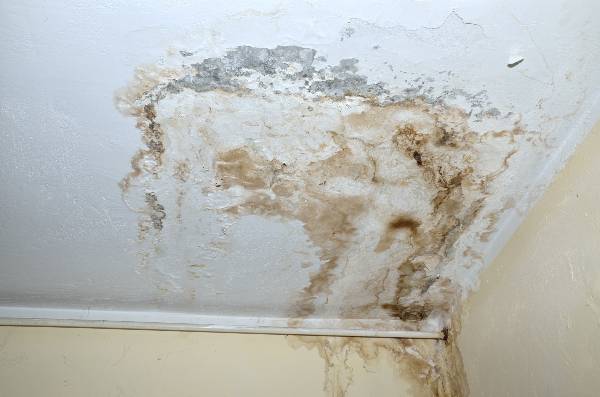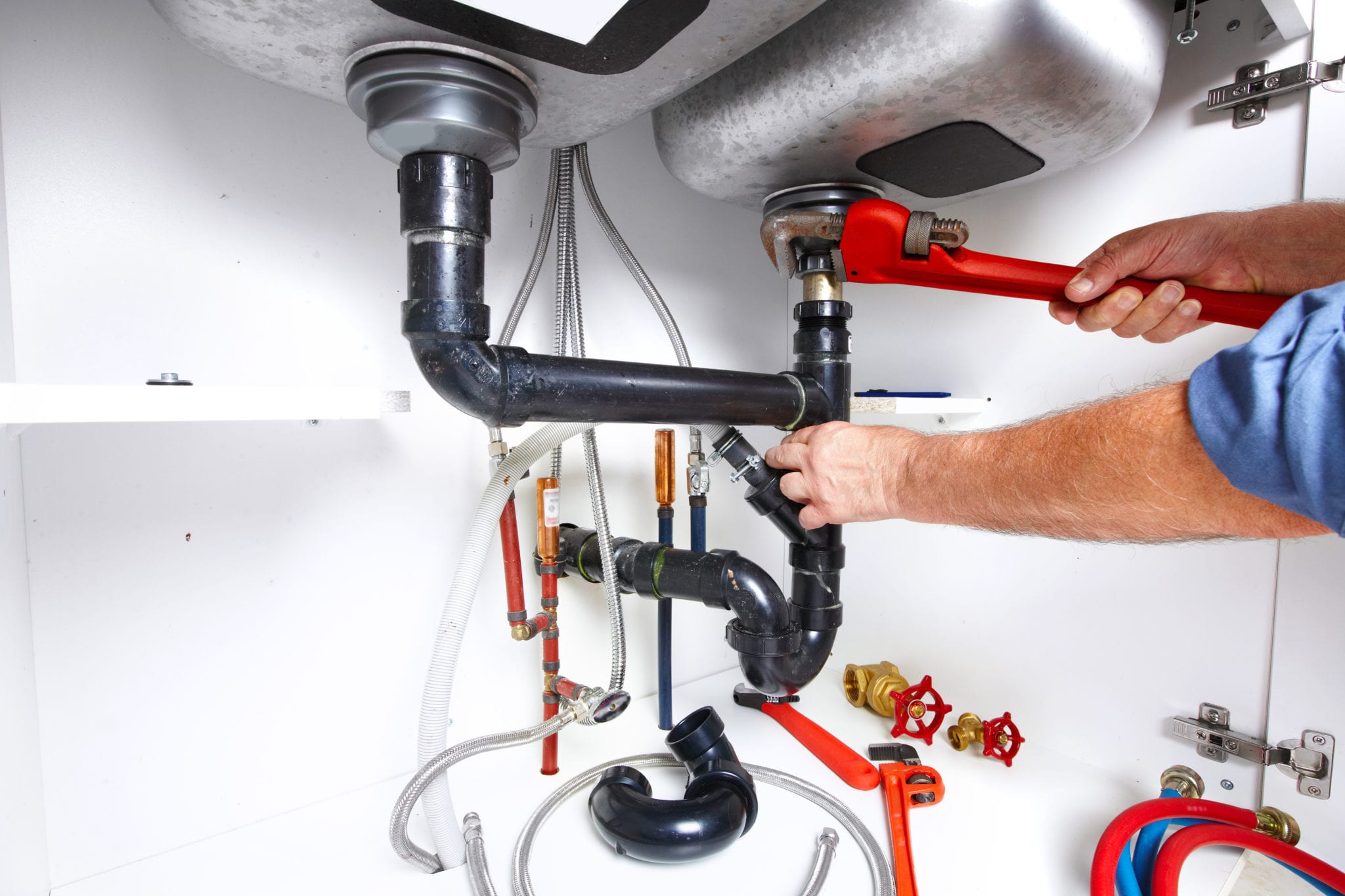Just how to Examine If Your House Has a Concealed Leak
Just how to Examine If Your House Has a Concealed Leak
Blog Article
How do you actually feel on the subject of Locating water leaks?

Early discovery of leaking water lines can minimize a possible catastrophe. Apart from conserving you money, it will certainly reduce the aggravation and also disappointment. The moment you locate a leak, calling your plumber for fixings is the very best remedy. Nevertheless, some tiny water leakages may not show up. If you can not detect it with your nude eyes, below are some hacks that assist.
1. Examine the Water Meter
Every house has a water meter. Checking it is a surefire way that helps you uncover leakages. For starters, shut off all the water sources. Make certain nobody will flush, utilize the tap, shower, run the washing equipment or dishwashing machine. From there, most likely to the meter and watch if it will certainly change. Considering that no one is utilizing it, there ought to be no movements. If it relocates, that shows a fast-moving leakage. Also, if you spot no changes, wait a hr or two as well as examine back once again. This suggests you might have a slow leakage that might also be underground.
2. Examine Water Intake
If you find sudden changes, despite your consumption being the very same, it suggests that you have leakages in your plumbing system. An unexpected spike in your bill indicates a fast-moving leakage.
At the same time, a constant rise each month, despite the same habits, reveals you have a sluggish leak that's additionally slowly escalating. Call a plumber to thoroughly examine your residential property, particularly if you feel a cozy area on your flooring with piping underneath.
3. Do a Food Coloring Examination
30% comes from toilets when it comes to water usage. Test to see if they are running appropriately. Decline specks of food shade in the storage tank and wait 10 mins. There's a leak between the storage tank and also bowl if the shade somehow infiltrates your bowl throughout that time without flushing.
4. Asses Exterior Lines
Don't neglect to check your outside water lines also. Examination spigots by attaching a garden hose pipe. Needs to water seep out of the link, you have a loosened rubber gasket. Change this and guarantee all connections are limited. It will aid get it expertly analyzed and also kept each year if you have actually obtained a lawn sprinkler system. One tiny leakage can waste tons of water as well as increase your water costs.
5. Check and Analyze the Scenario
House owners need to make it a routine to check under the sink counters as well as also inside cabinets for any kind of bad odor or mold and mildew development. These 2 red flags indicate a leakage so punctual attention is called for. Doing regular evaluations, even bi-annually, can save you from a significant trouble.
Check for stainings and damaging as many devices and pipelines have a life span. If you suspect dripping water lines in your plumbing system, don't wait for it to intensify.
Early discovery of leaking water lines can minimize a prospective calamity. Some tiny water leakages may not be noticeable. Checking it is a guaranteed means that assists you uncover leaks. One little leak can lose tons of water as well as increase your water bill.
If you think dripping water lines in your plumbing system, do not wait for it to escalate.
WARNING SIGNS OF WATER LEAKAGE BEHIND THE WALL
PERSISTENT MUSTY ODORS
As water slowly drips from a leaky pipe inside the wall, flooring and sheetrock stay damp and develop an odor similar to wet cardboard. It generates a musty smell that can help you find hidden leaks.
MOLD IN UNUSUAL AREAS
Mold usually grows in wet areas like kitchens, baths and laundry rooms. If you spot the stuff on walls or baseboards in other rooms of the house, it’s a good indicator of undetected water leaks.
STAINS THAT GROW
When mold thrives around a leaky pipe, it sometimes takes hold on the inside surface of the affected wall. A growing stain on otherwise clean sheetrock is often your sign of a hidden plumbing problem.
PEELING OR BUBBLING WALLPAPER / PAINT
This clue is easy to miss in rooms that don’t get much use. When you see wallpaper separating along seams or paint bubbling or flaking off the wall, blame sheetrock that stays wet because of an undetected leak.
BUCKLED CEILINGS AND STAINED FLOORS
If ceilings or floors in bathrooms, kitchens or laundry areas develop structural problems, don’t rule out constant damp inside the walls. Wet sheetrock can affect adjacent framing, flooring and ceilings.
https://www.servicemasterbyzaba.com/blog/how-to-detect-water-leakage-in-walls/

I was shown that article on Locating water leaks through an acquaintance on a different blog. Please set aside a second to distribute this blog if you liked it. Thank you for going through it.
Report this page